-
Sections
-
Keywords
13 of the world’s most beautiful and celebrated urban parks
Next gallery

In Argentina, Casa Lelis reinterprets vernacular architecture with a contemporary twist
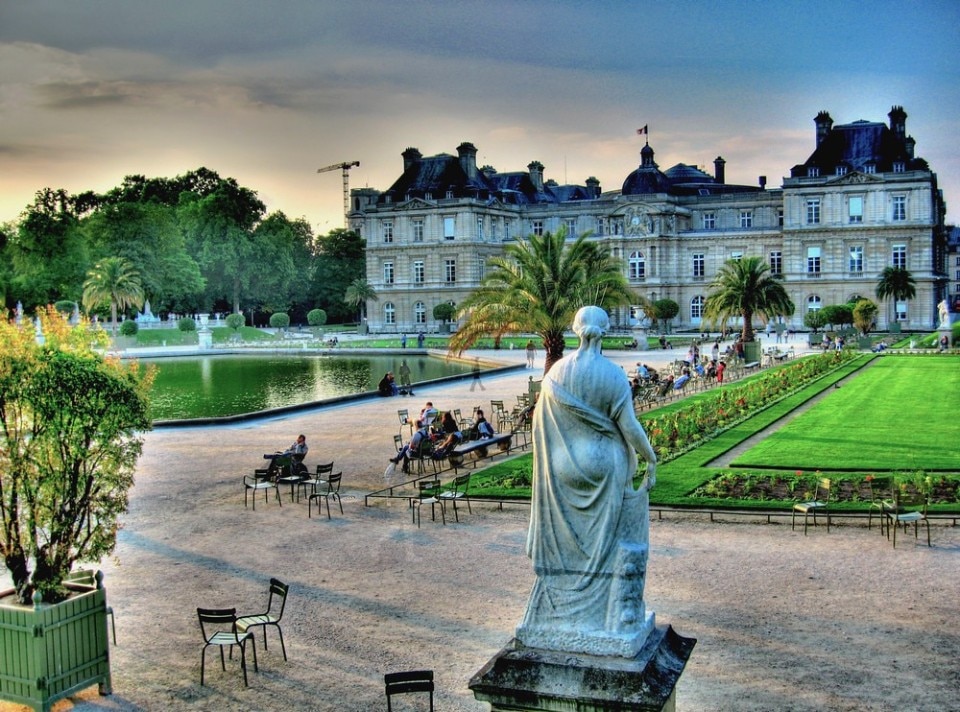
Jardin du Luxembourg, Paris 1612
Inaugurated by Marie de' Medici, the park - one of the largest in the city - is a profoundly reconciling place to indulge in a relaxed stroll in the manner of a flâneur among the rich vegetation, fountains and silent population of stone statues of famous people who just don't seem to want to leave this enchanting place.
Photo by Aldor from CC
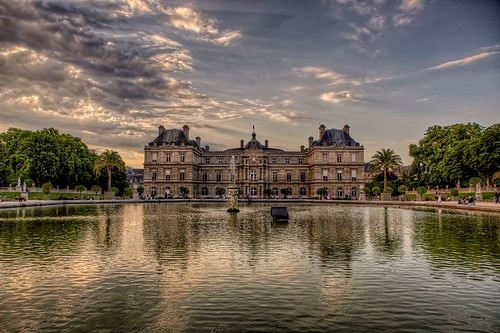
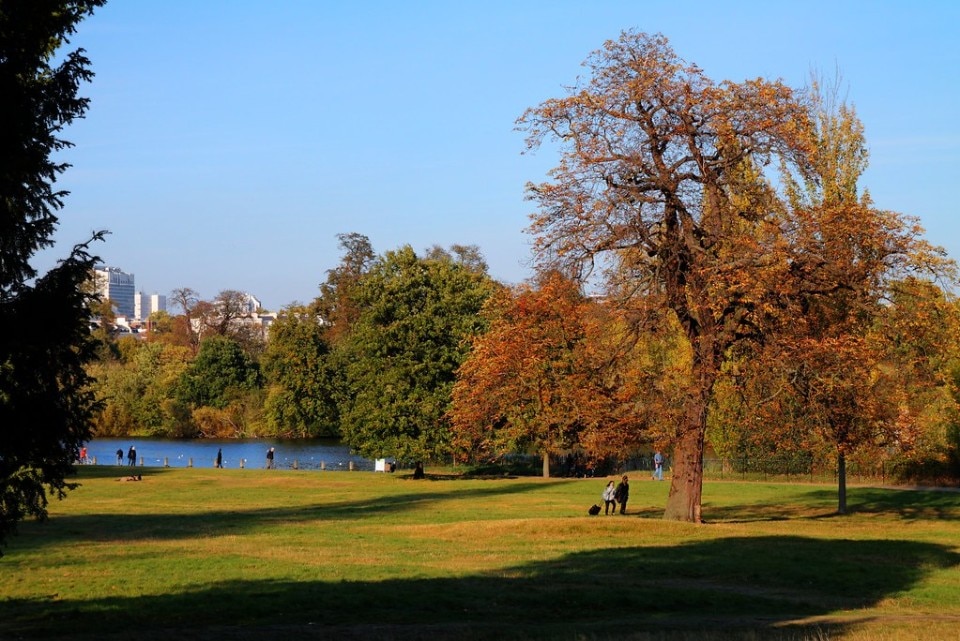
Hyde Park, London 1637
The city's largest and oldest park is a landmark not only for those who want to get away from the hectic pace of the metropolis by relaxing under the trees and by the lake or doing sports, but also the scene of numerous concerts and events as well as colourful harangues - on Sunday mornings in Speakers' Corner - on the most diverse topics: from politics to culture, religion and tea.
Photo by Umberto Fistarol from CC
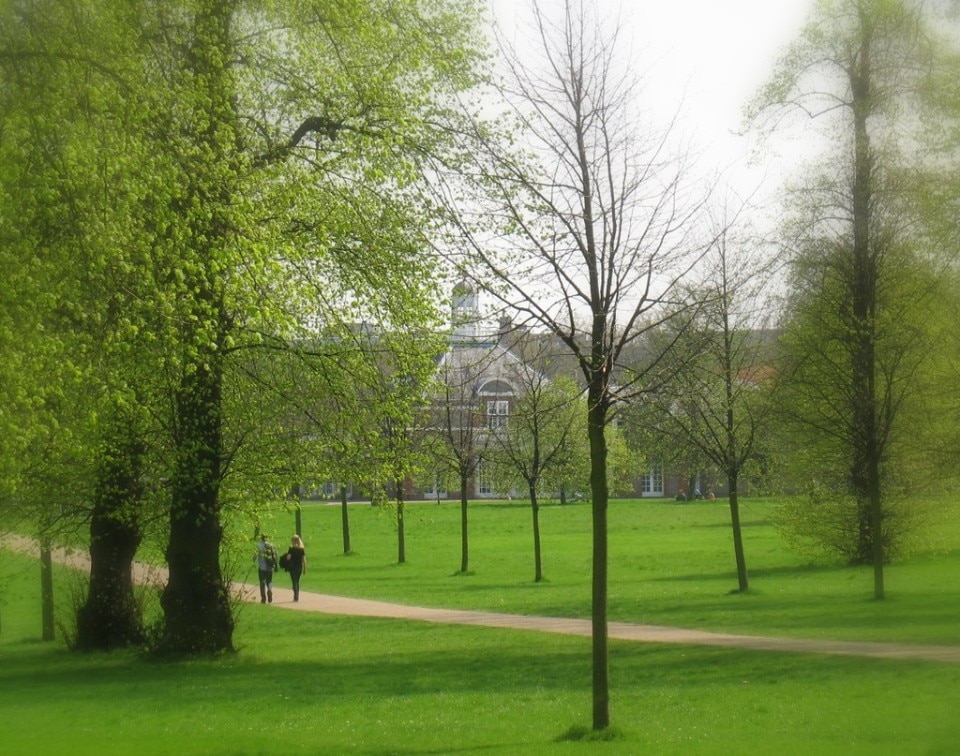
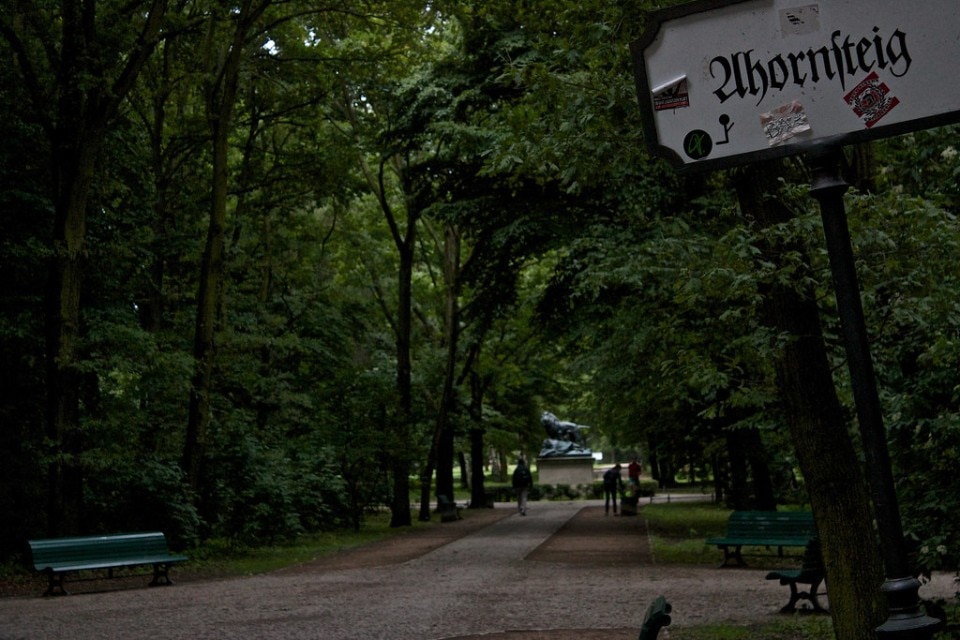
Tiergarten, Berlin late 17th century
Literally 'garden of animals', Tiergarten is the largest green space in the city: a large English-style park where you can pleasantly lose yourself among the many walking and cycling paths that meander through meadows, woods and ponds or where you can stop to meet the zoo guests (assuming you can overcome your impatience with captivity).
Photo by Phil Rouge da CC
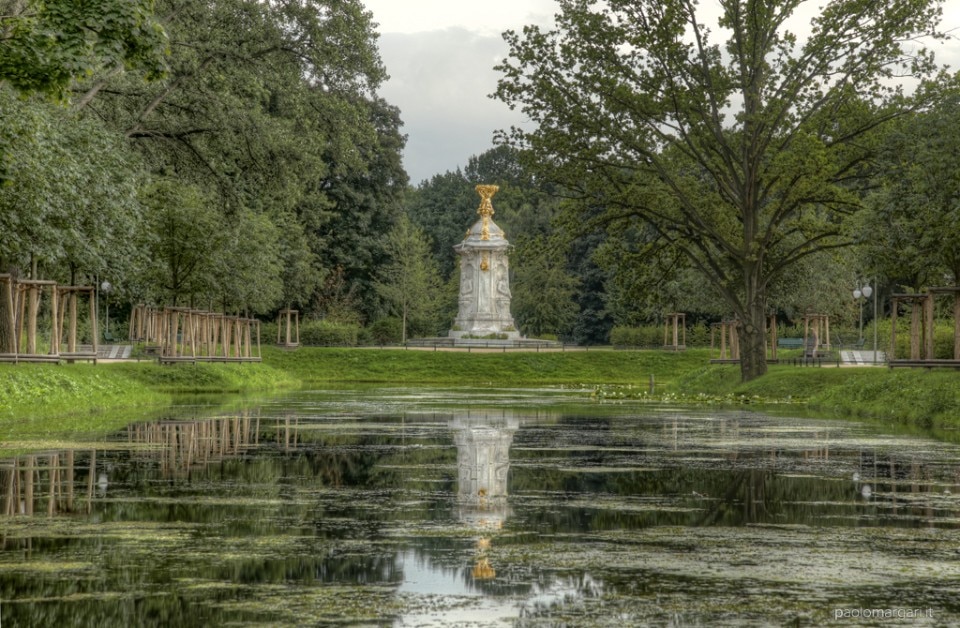

Appia Antica Regional Park, Rome
Very recent in terms of its official establishment (formally created in 1988), it is perhaps the oldest in origin. The park enhances the route and landscape of the Via Appia – the “queen of roads” that connected ancient Rome to Capua and Brindisi – and wedges deep into the center of the Italian Capital, linking it with the countryside of the Agro Romano and the Alban Hills. It includes historical villas, estates, aqueducts, and can be said to trace its roots back to the early valorization plans by Luigi Canina in the 1800s. However, it was through the campaigns of Antonio Cederna and the association Italia Nostra in the 1950s that the urban park took the form we know today.
Photo LisArt on Flickr

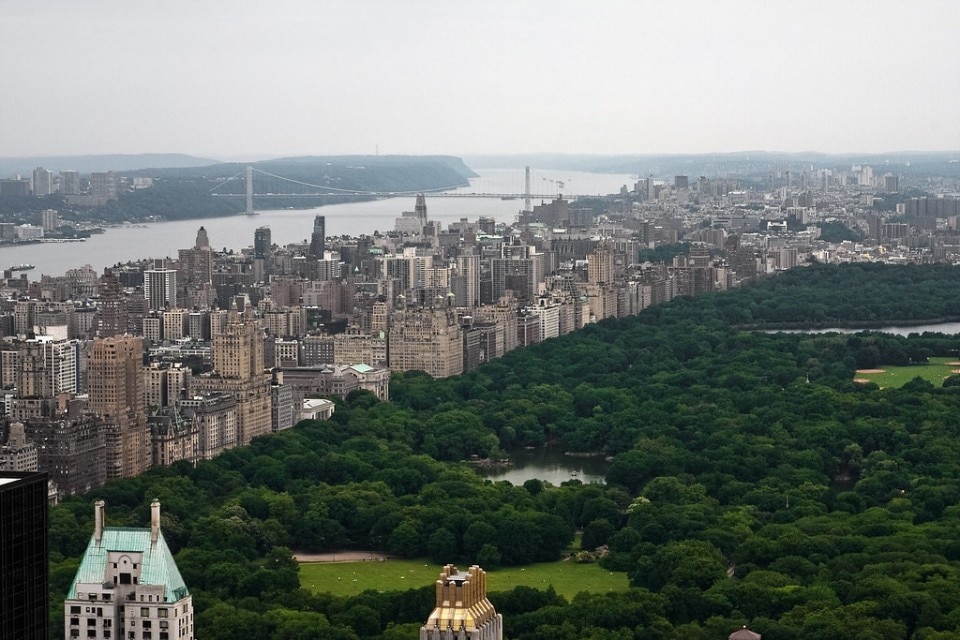
Frederick Law Olmsted and Calvert Vaux, Central Park, New York 1856
Iconic green presence within the dense built fabric, amidst soaring skyscrapers, cyclopean advertising signs and congested traffic Central Park is a rectangle that has nothing natural about it, having been designed from scratch as an engineering feat in an area previously occupied by marshy swamps: here, amidst hills and man-made lakes, between film sets and running tracks, the frenetic New York life flows, in a longed-for break from the chaos of the metropolis.
Photo by Mathew Knott from CC
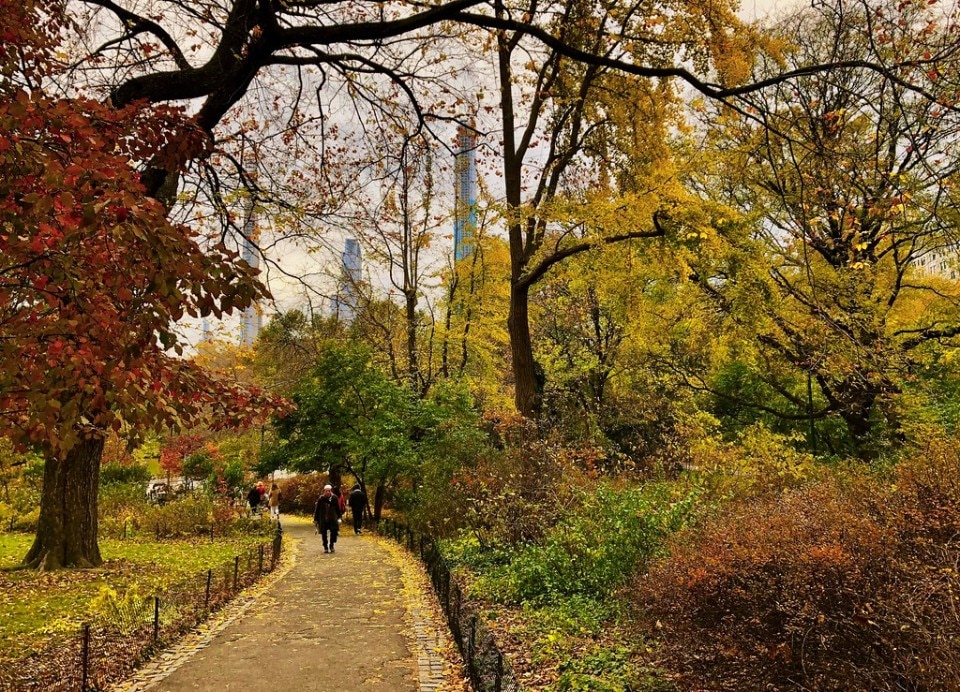
Frederick Law Olmsted and Calvert Vaux, Central Park, New York 1856
Photo by Andreas Komodromos from CC

Golden Gate Park, San Francisco 1870
Similar to New York's Central Park in its rectangular shape and size - although actually larger - the park offers cycle paths, sports facilities, ponds, gardens and museums - including the California Academy of Sciences designed by Renzo Piano - as well as ample space for biodiversity appreciation: among the many animal species here, a herd of American buffaloes also happily roam the grassy expanses.
Photo by Trodel from CC
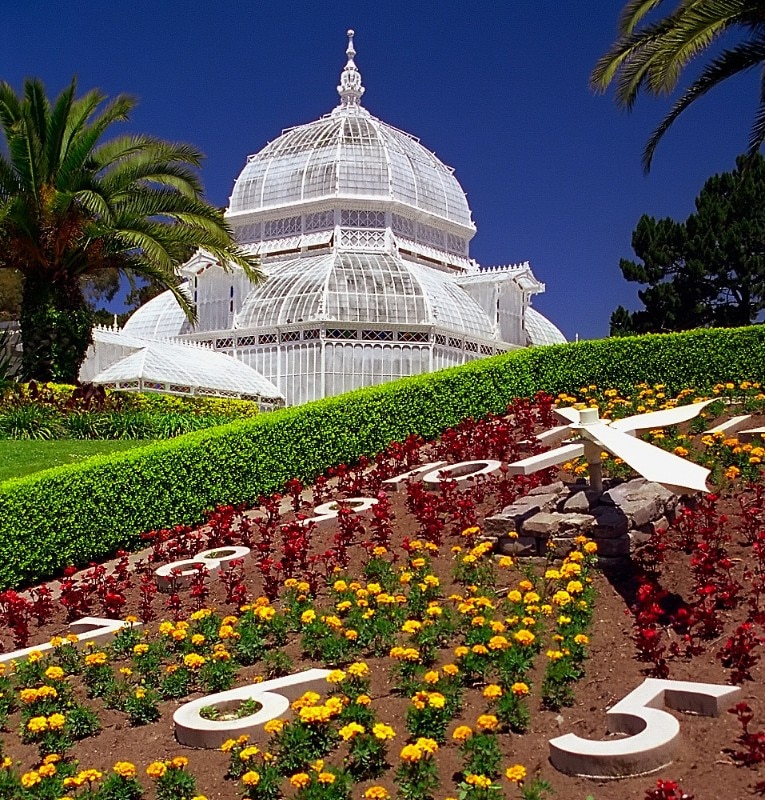
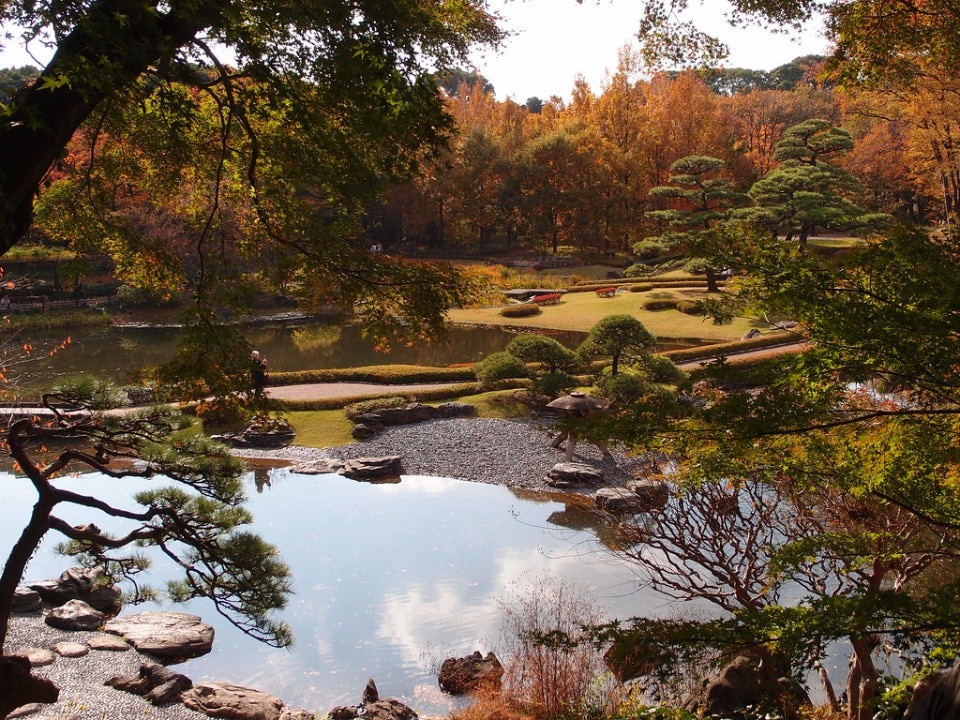
The Imperial Palace East Gardens, Tokyo late 19th century
The Imperial Palace East Gardens, the only part of the complex that is always accessible to the public, is a peaceful oasis in the heart of the capital. In addition to ancient Shogun-era relics, it is home to an astonishing variety of flowers and trees among Japanese and Western gardens, with an infinity of colour nuances that change with the seasons.
Photo by *_* from CC
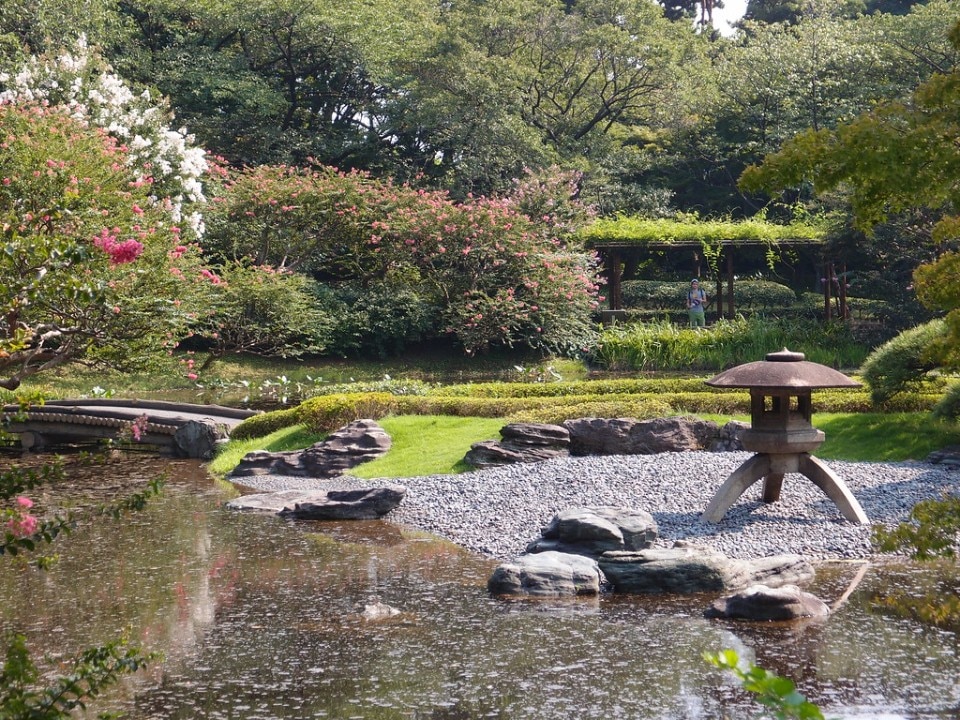
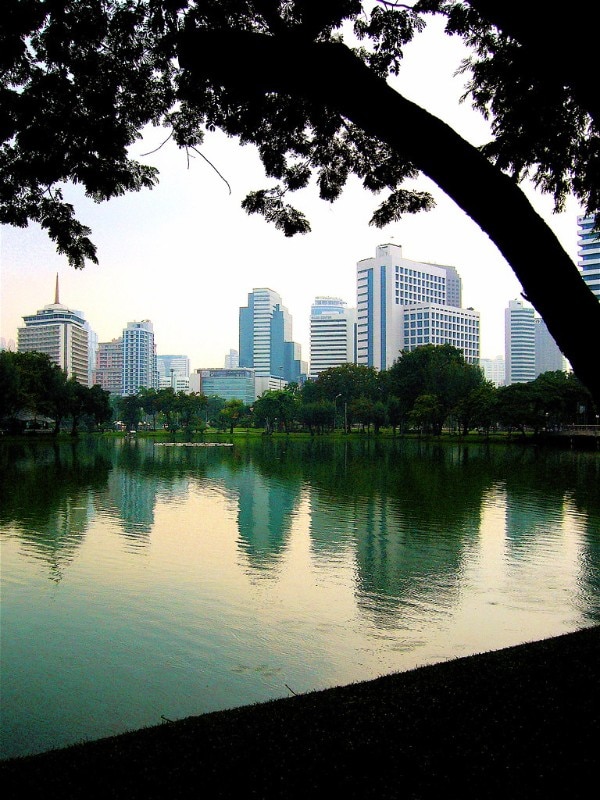
Lumphini Park, Bangkok, 1920s
Surrounded by the aggressive presence of the skyscrapers of the business district, Lumphini Park - named after the birthplace of the Buddha in Nepal - today is Bangkok's most important green lung with an artificial lake, wooded areas, palm and bamboo gardens: here it is possible to re-establish a dialogue with nature that, amidst the congested and teeming streets of the Thai metropolis, seems to have been forgotten.
Photo by bfick from CC
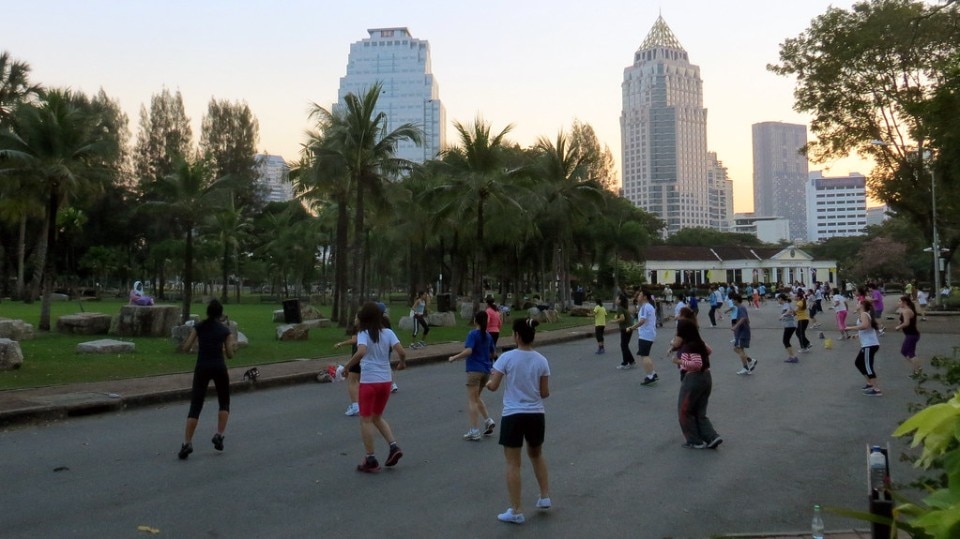
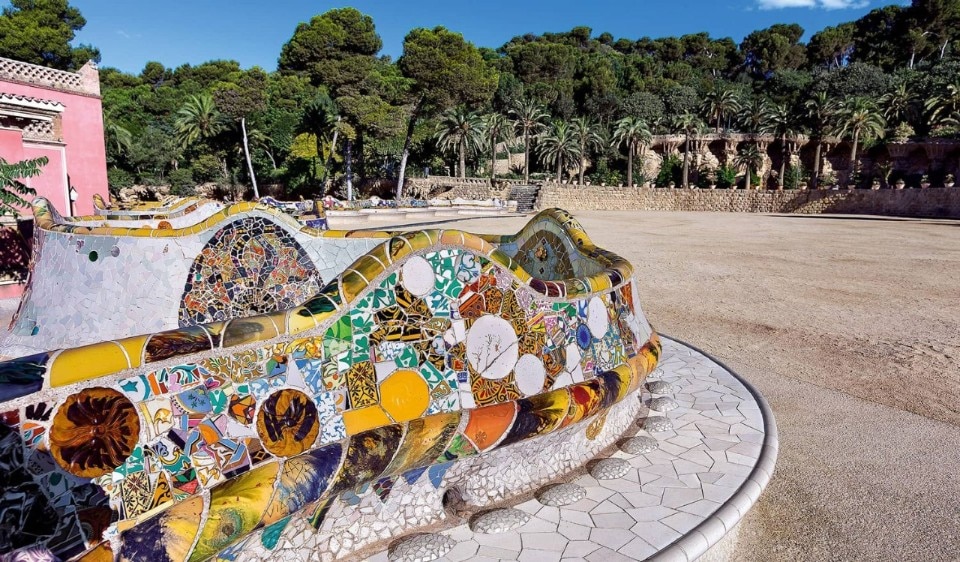
Antoni Gaudi, Parque Güell, Barcelona 1926
Commissioned by the wealthy entrepreneur and intellectual Eusebi Güell, who was impressed by the phenomenon of garden-cities of Anglo-Saxon origin, the park is the only built work of a larger urban plan to create a green suburb in the hills on the outskirts of Barcelona. The park, dotted with buildings in sinuous, primordial shapes and bright colours, is an enthusiastic hymn to life and an example of the balance, between the dreamy and the playful, of architecture and nature.
Photo by Inti from CC
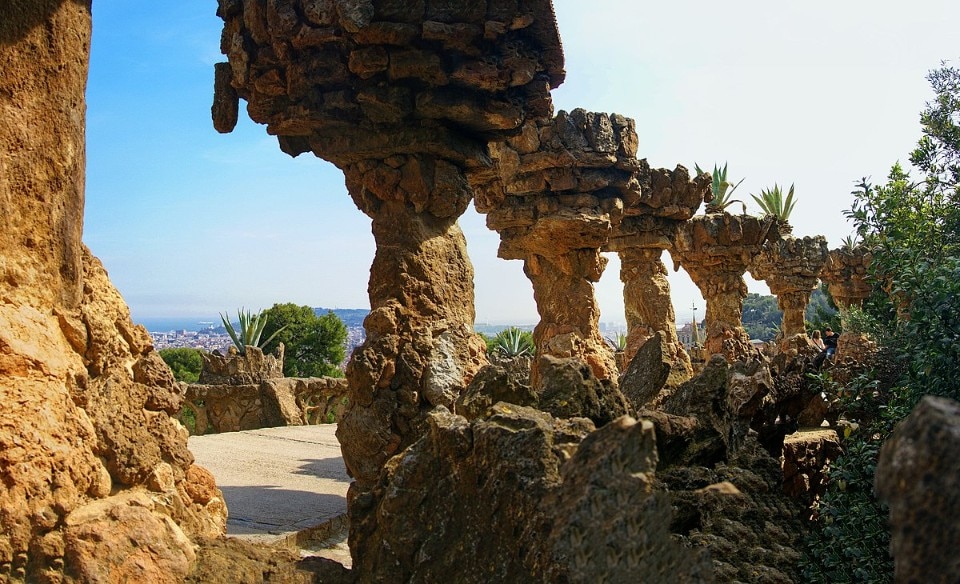
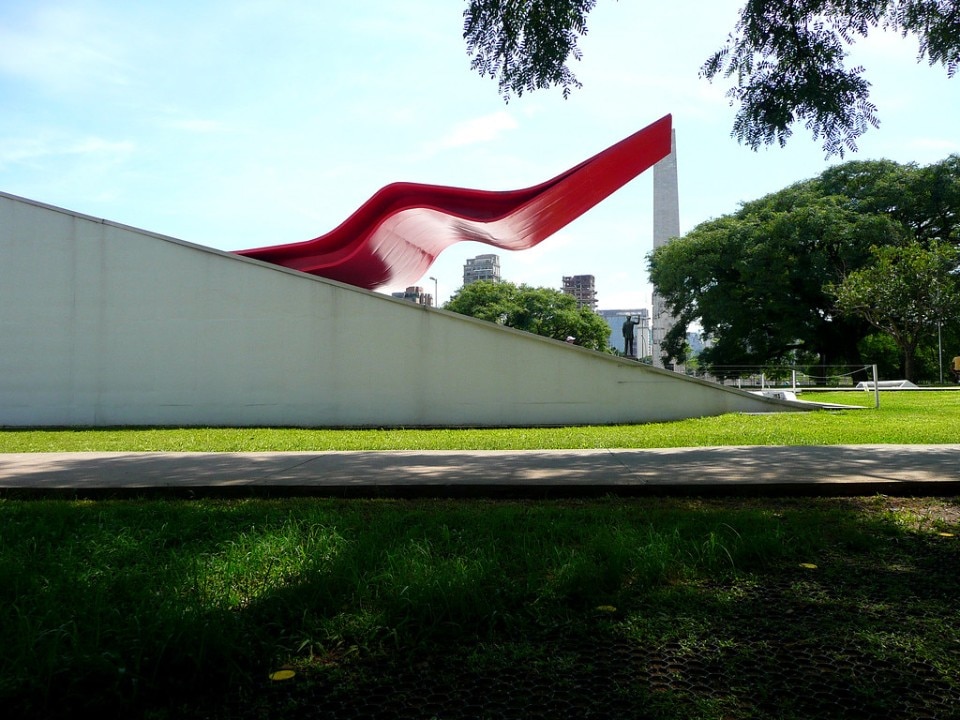
Parque do Ibirapuera, São Paulo 1954
Inserted into the metropolitan jungle as the city's largest green lung, the park, which houses bicycle paths, sports fields, spaces for events and shows, public buildings, training centres, museums distributed in a lush setting of forests, tropical plants and winding paths, is a declaration of love to the Brazilian territory where the architecture - including works designed by Oscar Niemeyer - blends perfectly into the landscapes designed by Roberto Burle Marx.
Photo by Felipe Borges from CC
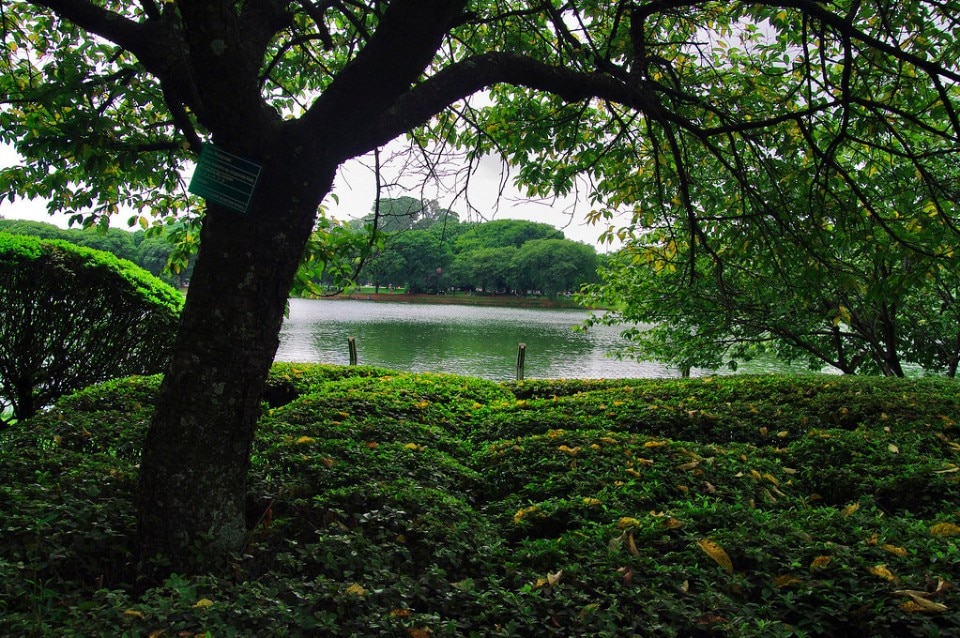
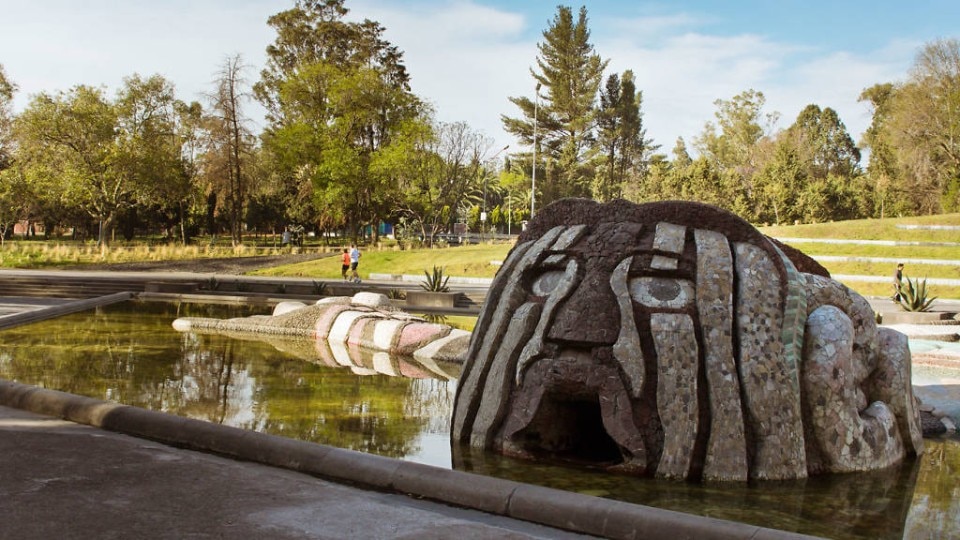
Bosque Chapultepec, Mexico City
With a name derived from Nahuatl - the language spoken by the Aztecs - and meaning 'Hill of the Grasshoppers', the park in the heart of the capital - one of the oldest in Central America - is a popular area with museums, a zoo, cultural exhibition areas, fountains, gardens and a rich biodiversity.
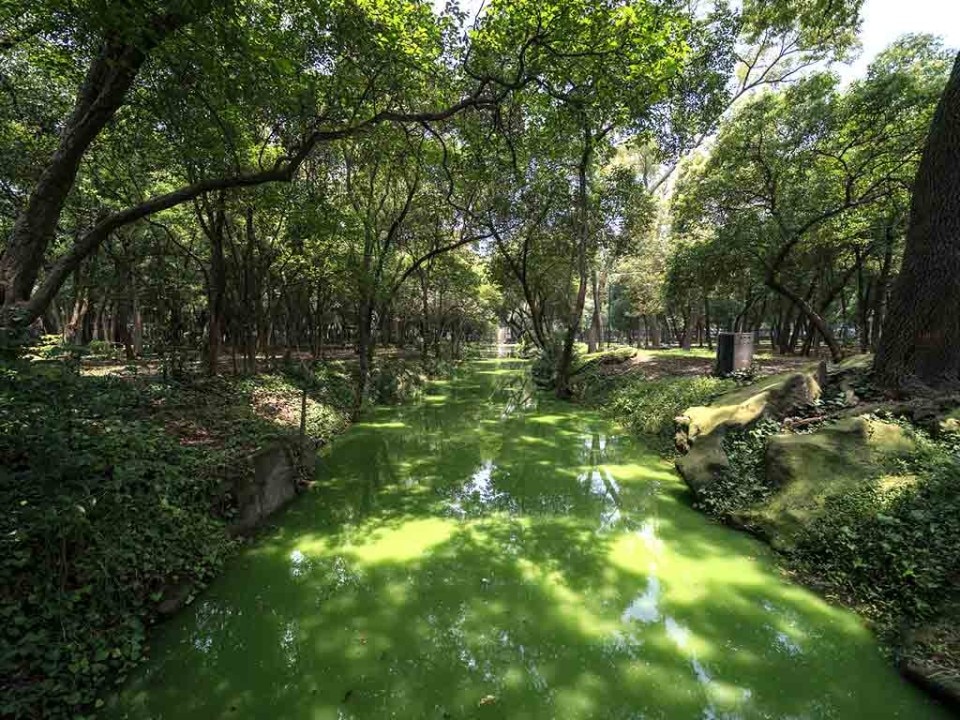
Bosque Chapultepec, Mexico City
View article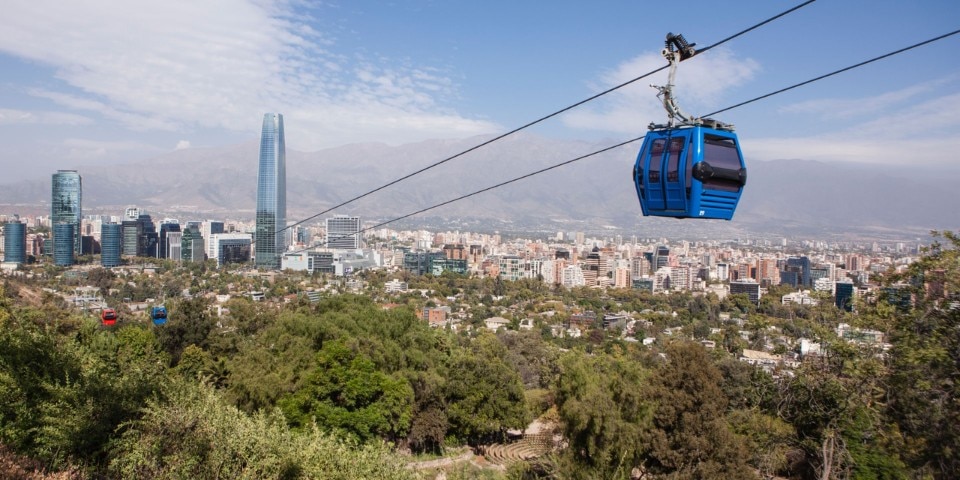
Parquemet Parque Metropolitano de Santiago, Santiago de Chile
Parquemet is the largest park in Chile and one of the largest in the world; it is home to botanical gardens, swimming pools, a zoo and a funicular railway leading to the top of a hill with spectacular views of the city and the surrounding majestic Andean scenery.
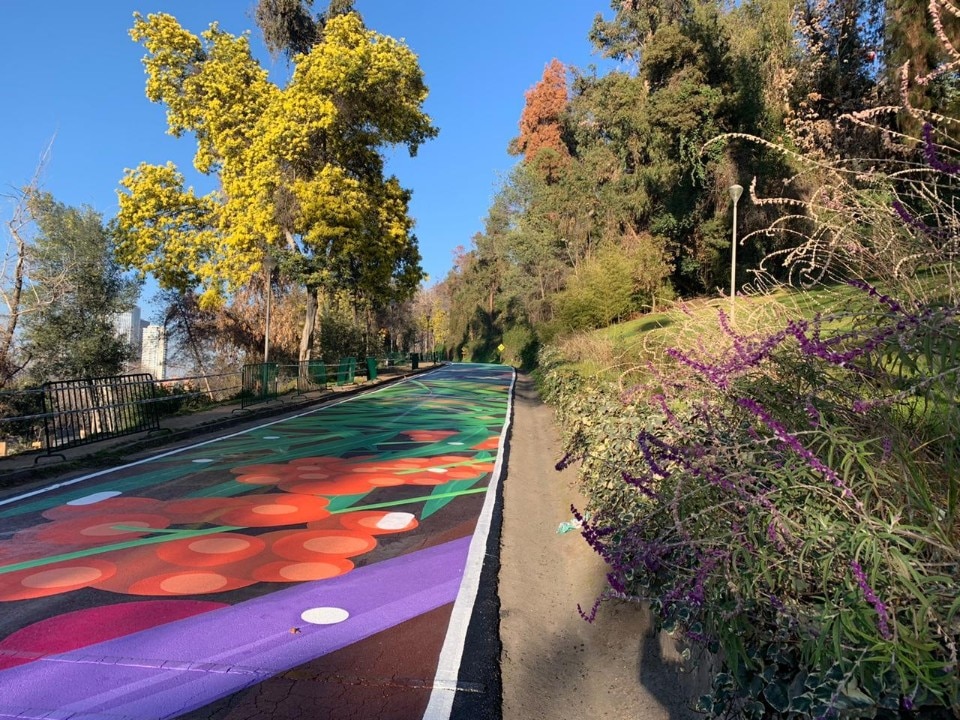
Parquemet Parque Metropolitano de Santiago, Santiago de Chile
View article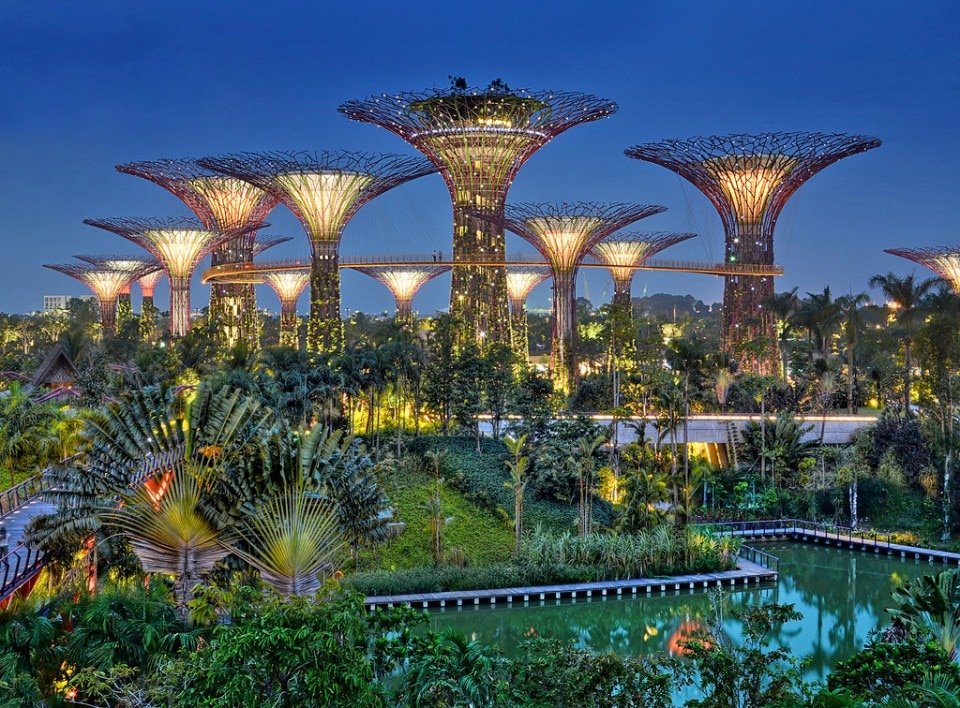
Grant Associates, Wilkinson Eyre Architects, Gardens by the Bay, Singapore 2012
The park located in the centre of Singapore and adjacent to the Marina Reservoir was designed to enhance the urban quality of the Asian metropolis by leveraging green infrastructure. With its extraordinary variety of flora and fauna and astonishing structures - from 'supertrees' to greenhouses - it is a symbol of the cultural change undertaken by the city towards a more sustainable future, as well as a fairy-tale place to rediscover a captivating dialogue with nature.
Photo by williamcho from CC
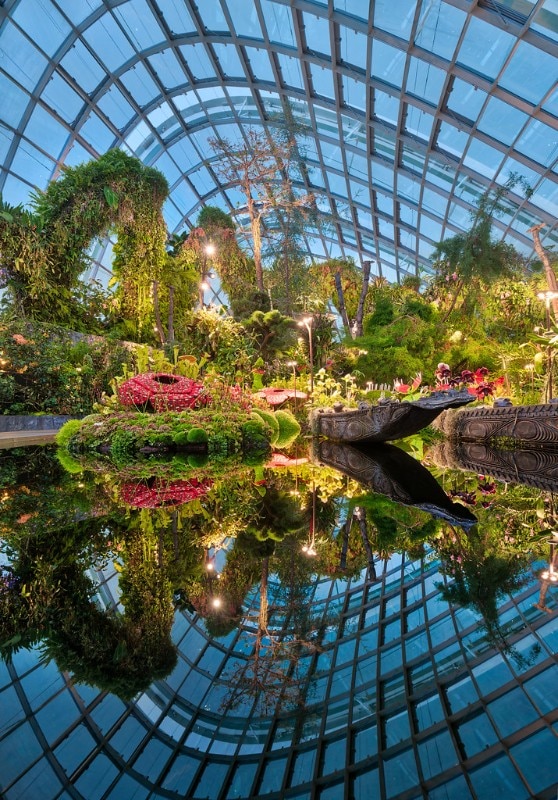
Grant Associates, Wilkinson Eyre Architects, Gardens by the Bay, Singapore 2012
Photo by Trey Ratcliff from CC
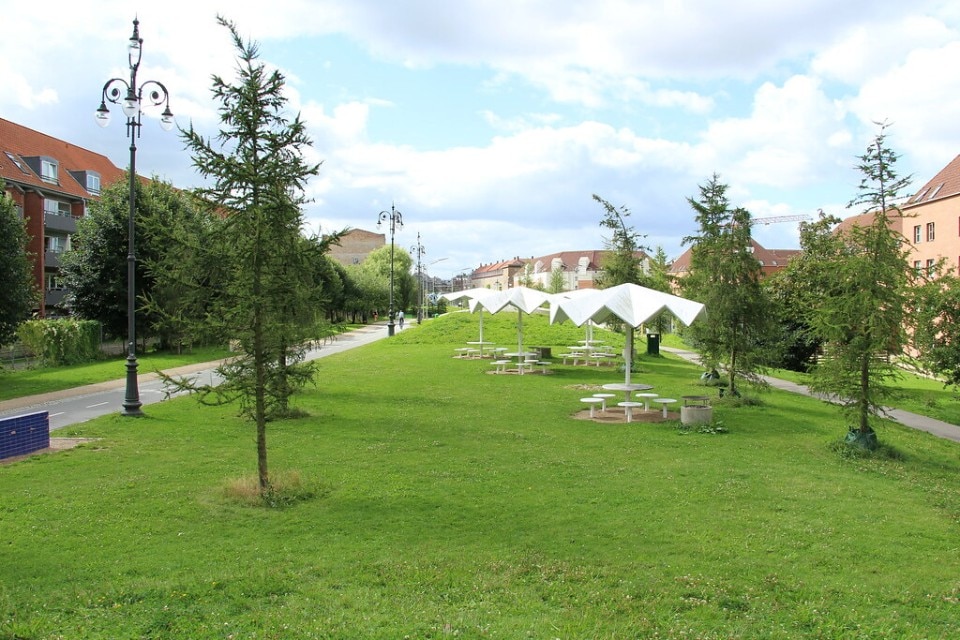
Superflex, Bjarke Ingels Group, Topotek1, Superkilen Park, Copenhagen 2012
Located in Nørrebro, one of the city's most multi-ethnic and socially conflictual neighbourhoods, the park consists of three main areas: the square, the market and a vast green space with hills, plantings and areas for relaxation and sports. To celebrate the value of cultural diversity, many elements of street furniture - from benches, to litter bins, manhole covers and swings - have been imported from all over the world and coexist here peacefully in a dynamic and proudly diverse place.
Photo by corno.fulgur75 from CC
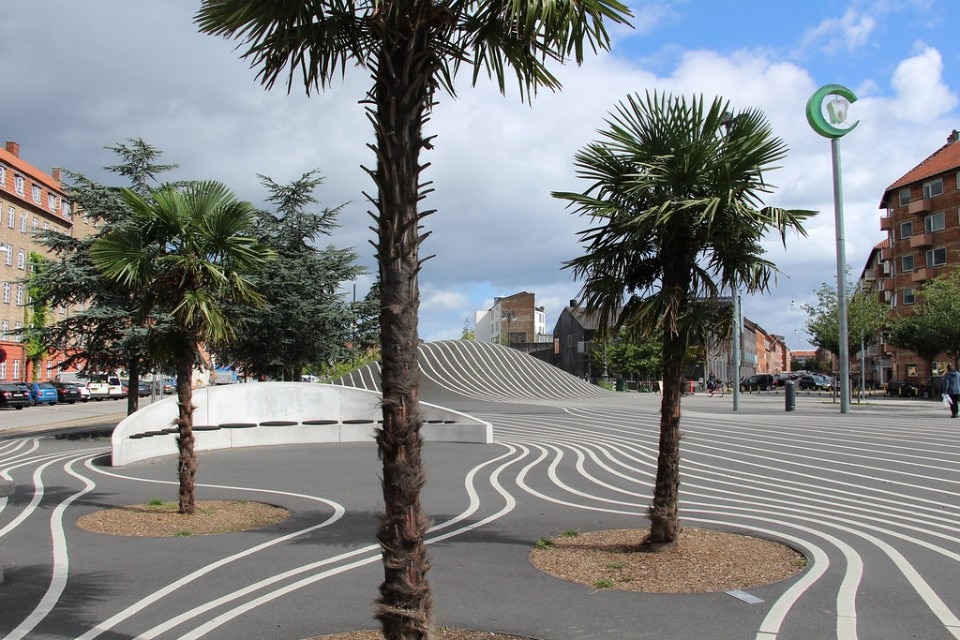
Superflex, Bjarke Ingels Group, Topotek1, Superkilen Park, Copenhagen 2012
Photo by horn.fulgur75 from CC

Cobe, The Opera Park, Copenhagen, 2023
The waterfront of Copenhagen’s old harbor – where it once wedged inside the city’s core – has, with the arrival of the new millennium, become the vibrant contemporary heart of the Danish capital, thanks to a wave of regeneration projects and architectural works that have become icons of their time. One of these is the Royal Danish Opera, completed over 20 years ago, which for all this time stood beside a plain lawn area. In 2023, following a competition win, studio Cobe transformed that space into a park-island made up of six gardens representing six parts of the world, along with a greenhouse and a café – creating public space and urban greenery boldly contrasting the real estate developments springing up around it.
Photo ©Cobe



